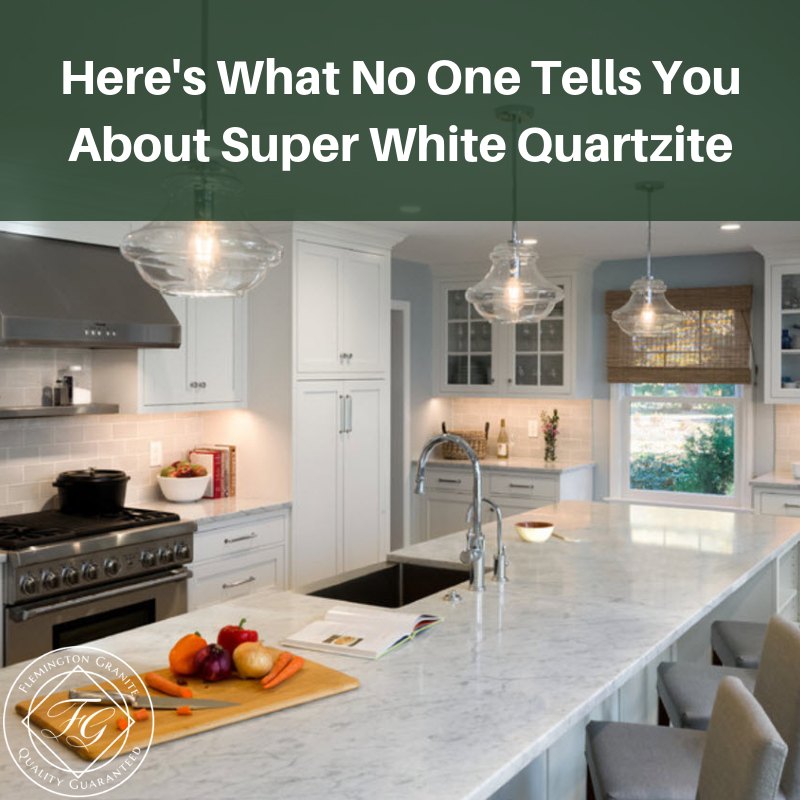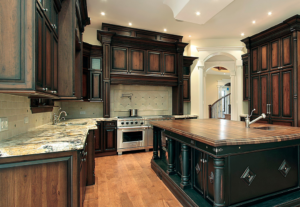
More natural looking stone countertops are definitely the trend today and Super White Quartzite is no exception, as designers and homeowners are enthralled with its fashionable and refined look. They also like the idea that this natural stone is durable as well as easy to maintain.
Different Names
Besides its beauty, sophistication and ease of care, what is it about Super White Quartzite that makes it the type of stone that it is, and what is it that goes unsaid about this stone? It has a number of different names, such as Super White Marble, American Marble, dolomite, or Super White Granite. It may appear like marble and have the toughness of granite, but Super White falls in neither category.
Comparisons
In opposition to Super White Quartzite, quartz is a man-made, engineered rock, and granite is an igneous felsic rock that is rich in feldspar and silicon, while marble is also a metaphoric rock, but is not as hard as Super White.
Super White Characteristics
Super White is considered a natural stone and is classified as dolomitic (clear mineral that consists of calcium and magnesium), which makes it a hard, metamorphic rock that has been formed through intense heat caused by lava or molten rock (magma). It is made up of quartz and metamorphosed limestone. White quartzite was at one time pure quartz sandstone, the sandstone was transformed to quartzite by heat and pressure.
As a non-foliated rock, Super White’s structure is based on the forced entrance of igneous elements that bring a high temperature along with a fairly low pressure to the formation of the stone, which is balanced out in every direction within the stone. This action causes any primary minerals within the rock to recrystallize and become larger, which makes the rock solidly packed and decidedly dense.
Colors and Texture
In its pure form, quartzite is usually white or gray in color and can also occur in shades of pink and red because of infusion of iron oxide. There are other colors from yellow to green to blue, and even orange, which occur because of impurities from other minerals. Quartzite’s hardness is unprecedented as it measures 8-10 on a Mohs hardness scale, which means it is tough and hard enough to cut glass.
Super White’s texture is often composed of small penetrating veins that can be light or dark in color with varying shades of beige to gray. When it is pure, Super White can be as white as marble, but the impurities in the stone provide the intricate patterns and spirals that occur.
In making comparison with other natural and man-made stones, it is easy to see why Super White Quartzite can be mistaken for marble, quartz and even granite, but there are distinguishing differences in the mineral makeup of quartzite and that is what consumers and homeowners are missing. Its hardness, durability, and beauty alone should be enough for anyone to realize Super White’s true value for use in so many varying applications. If you are still unsure as to what makes quartzite different and want to know more, complete the online contact form, and a specialist will get back to you with the information you need.






